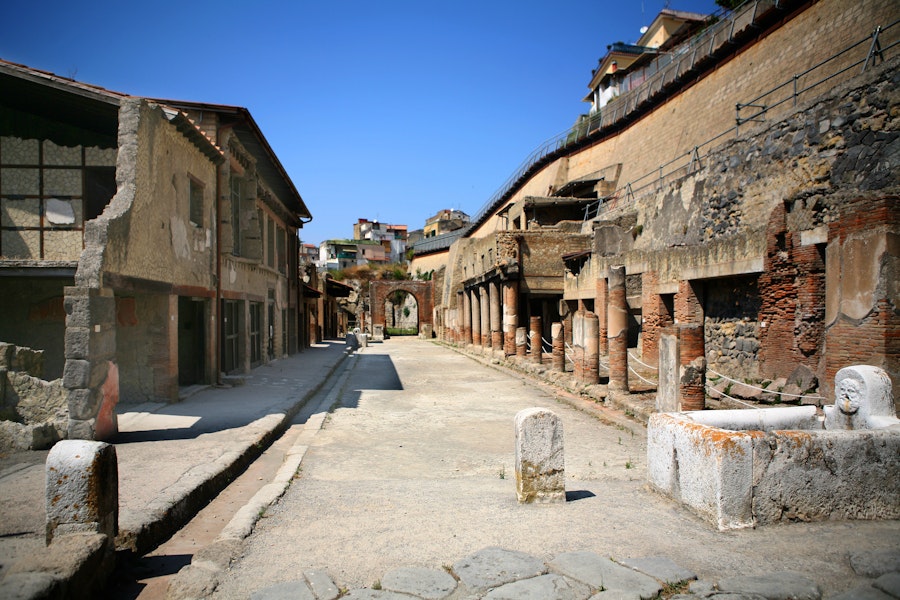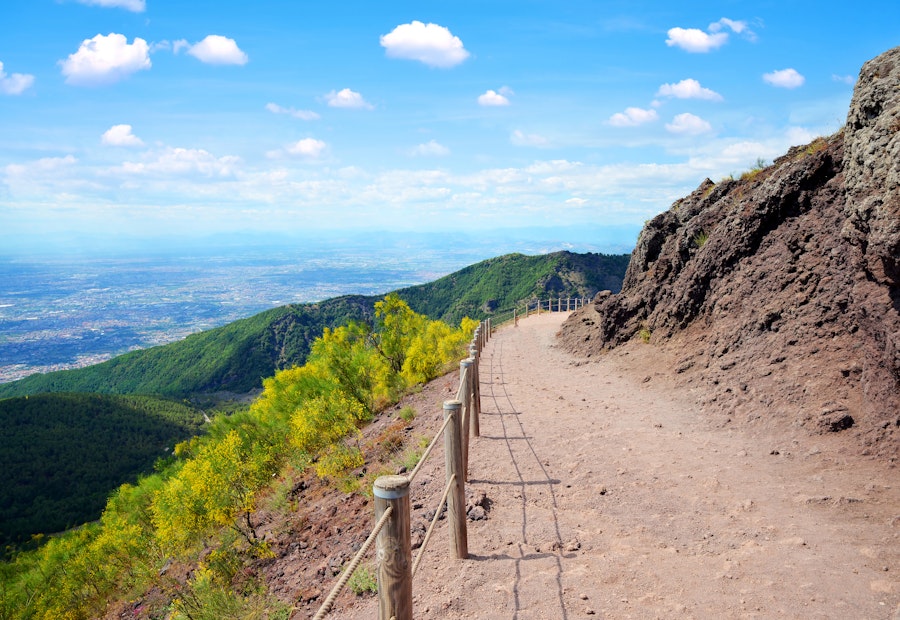Herculaneum Archeological Site Tickets
About this activity
Smartphone tickets accepted
- Your booking is confirmed immediately
- This option includes FREE cancellation—book now, risk-free!
Experience Highlights
Discover the archaeological site of Herculaneum, an ancient Roman city next to Pompeii. With this ticket, the experience will allow you to learn first-hand what happened to this small settlement after the eruptions of Vesuvius in 79 BC, one of the most disastrous in history.
During the tour, you will see the ancient villas, taverns, baths and interiors of the houses and their furnishings, many of which were left almost intact after the eruption. Don't hesitate to join this journey back in time and learn about the history of the Roman Empire. You can also add an audio guide for an additional cost.
- Get your ticket for the archaeological site of Herculaneum and discover what happened after the eruption of Vesuvius in 79 BC.
- Fuse yourself with this city and take a good look at the houses and villas, its shops and taverns and even the inside of the dwellings.
- This is an educational activity that will take you back to the years of the Roman Empire.
What’s included
- Tickets for the Herculaneum archaeological site
- Optional audio guide for an additional cost
Select date
Step by Step
If you are a lover of antiquities and the history of Ancient Rome, don't hesitate to buy this ticket to the archaeological site of Herculaneum, neighbouring city of Pompeii, which was hardly affected by the eruptions of Mount Vesuvius. Travel back more than 2,000 years and discover how the disaster really impacted this place.
You will be able to explore the entire archaeological site in detail and that includes its villas and houses, observe the mosaics and furnishings of the dwellings, the shops, baths, taverns and much more. Herculaneum was declared a UNESCO World Heritage Site in 1997, along with Pompeii. For an additional cost, you can add an audio guide.
The eruption of Vesuvius in 79 BC affected both Pompeii and Herculaneum. While in the former, the ash hardened around the bodies, in the case of Herculaneum it reduced the inhabitants to skeletons in a matter of seconds. Pompeii was closer to Vesuvius, so the consequences were much more disastrous.
Although both Italian cities were buried for more than a millennium under a 25-metre layer of ash, Herculaneum's remains of clothing, mosaics and frescoes are still in very good condition. You can also visit the ancient arena, the Palestra and the different thermal baths where its citizens once spent their time.




